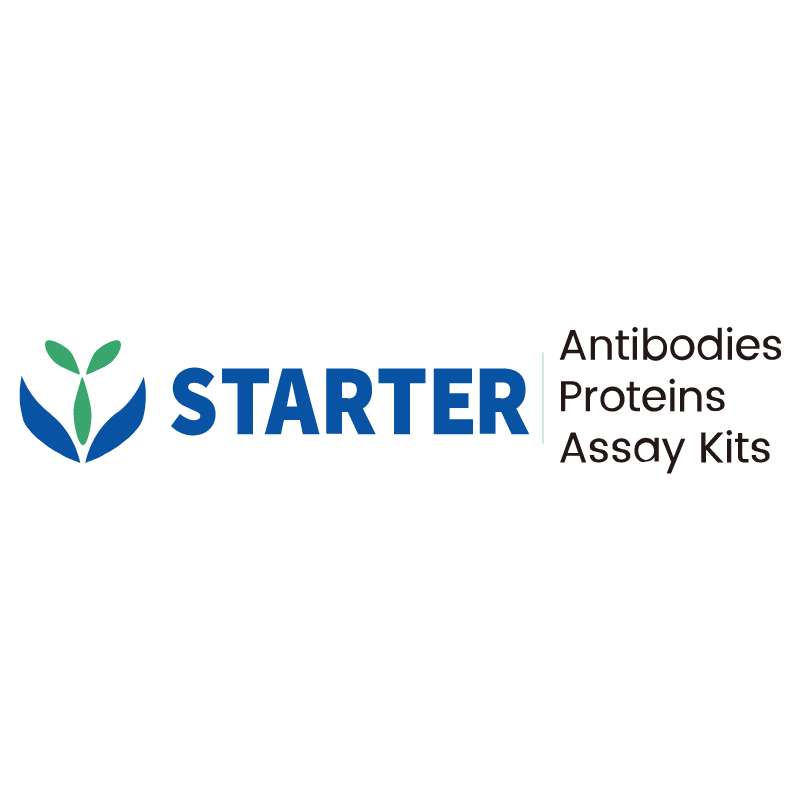Immobilized Human TREM2 (C-Fc) at 2 μg/mL (100 μL/well) can bind Human ApoE2 Protein, His Tag with EC50 of 0.117-0.132 μg/ml.
Product Details
Product Details
Product Specification
| Species | Human |
| Synonyms | Apolipoprotein E, Apo-E, APOE |
| Accession | P02649 |
| Amino Acid Sequence | Protein sequence (P02649, Lys19-His317(Arg176Cys), with C-His Tag) KVEQAVETEPEPELRQQTEWQSGQRWELALGRFWDYLRWVQTLSEQVQEELLSSQVTQELRALMDETMKELKAYKSELEEQLTPVAEETRARLSKELQAAQARLGADMEDVCGRLVQYRGEVQAMLGQSTEELRVRLASHLRKLRKRLLRDADDLQKCLAVYQAGAREGAERGLSAIRERLGPLVEQGRVRAATVGSLAGQPLQERAQAWGERLRARMEEMGSRTRDRLDEVKEQVAEVRAKLEEQAQQIRLQAEAFQARLKSWFEPLVEDMQRQWAGLVEKVQAAVGTSAAPVPSDNH |
| Expression System | HEK293 |
| Molecular Weight | Predicted MW: 35.9 kDa Observed MW: 35-40 kDa |
| Purity | >95% by SDS-PAGE |
| Endotoxin | <1EU/μg |
| Conjugation | Unconjugated |
| Physical Appearance | Lyophilized powder |
| Storage Buffer | Lyophilized from a 0.2 μm filtered solution of 20mM Tris-HCl, pH8.0 with 3% trehalose. |
| Reconstitution | Reconstitute no more than 1 mg/mL according to the size in deionized water after rapid centrifugation. |
| Stability & Storage | 12 months from date of receipt, -20 to -70 °C as supplied. |
Background
The APOE2 protein is one of three major isoforms (E2, E3, E4) of apolipoprotein E (APOE), a key lipid transport protein involved in cholesterol metabolism and neuronal repair. Encoded by the APOE gene, APOE2 differs from the most common isoform (APOE3) by a cysteine-for-arginine substitution at position 158 (Cys158Arg), altering its structure and receptor-binding affinity. While APOE2 is associated with a reduced risk of late-onset Alzheimer’s disease (AD) compared to APOE4, homozygous carriers may develop type III hyperlipoproteinemia, a lipid disorder. APOE2 exhibits weaker binding to LDL receptors, impairing clearance of triglyceride-rich lipoproteins. Its neuroprotective effects in AD may stem from enhanced amyloid-β clearance and anti-inflammatory properties.
Picture
Picture
Bioactivity
SDS-PAGE
2μg(R: reducing conditions)


